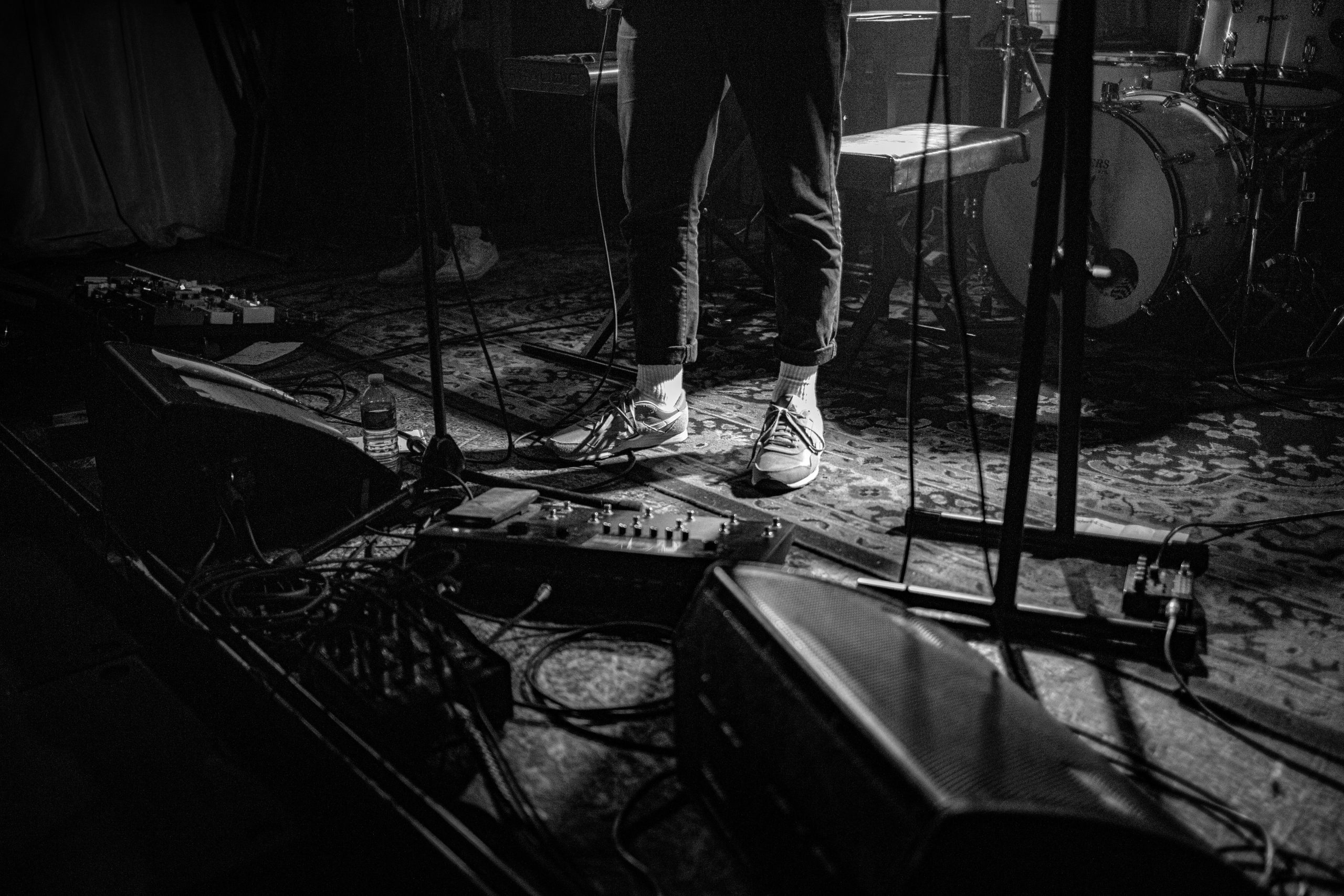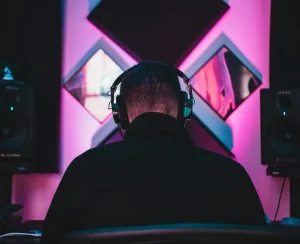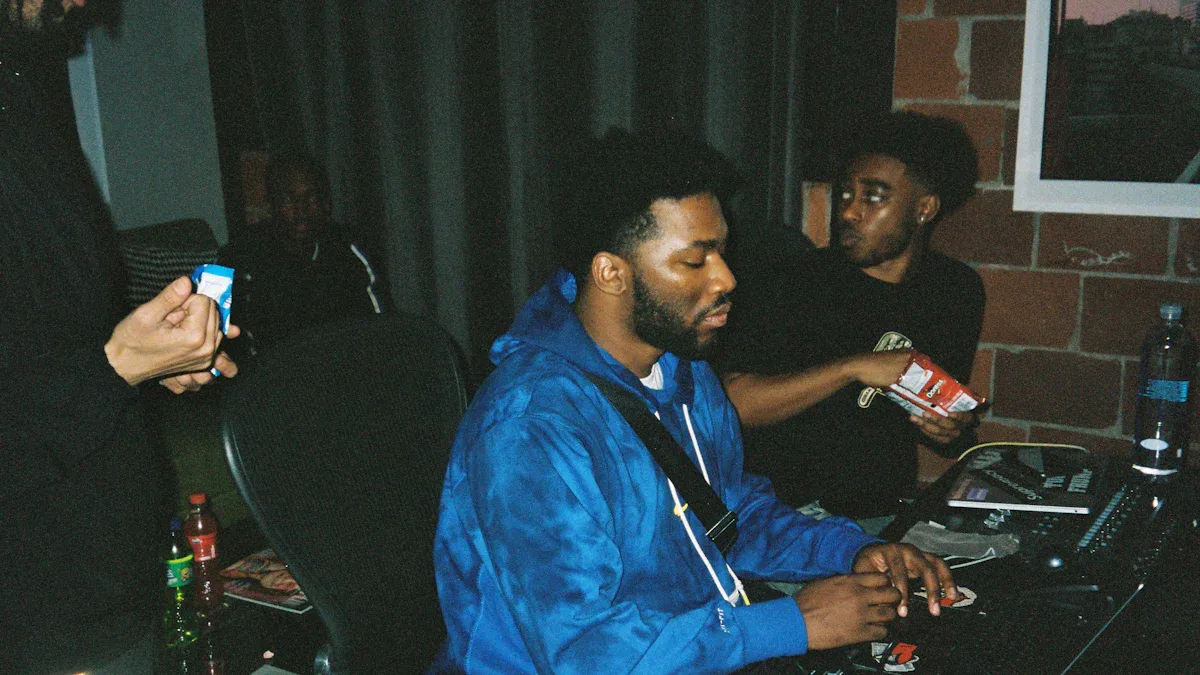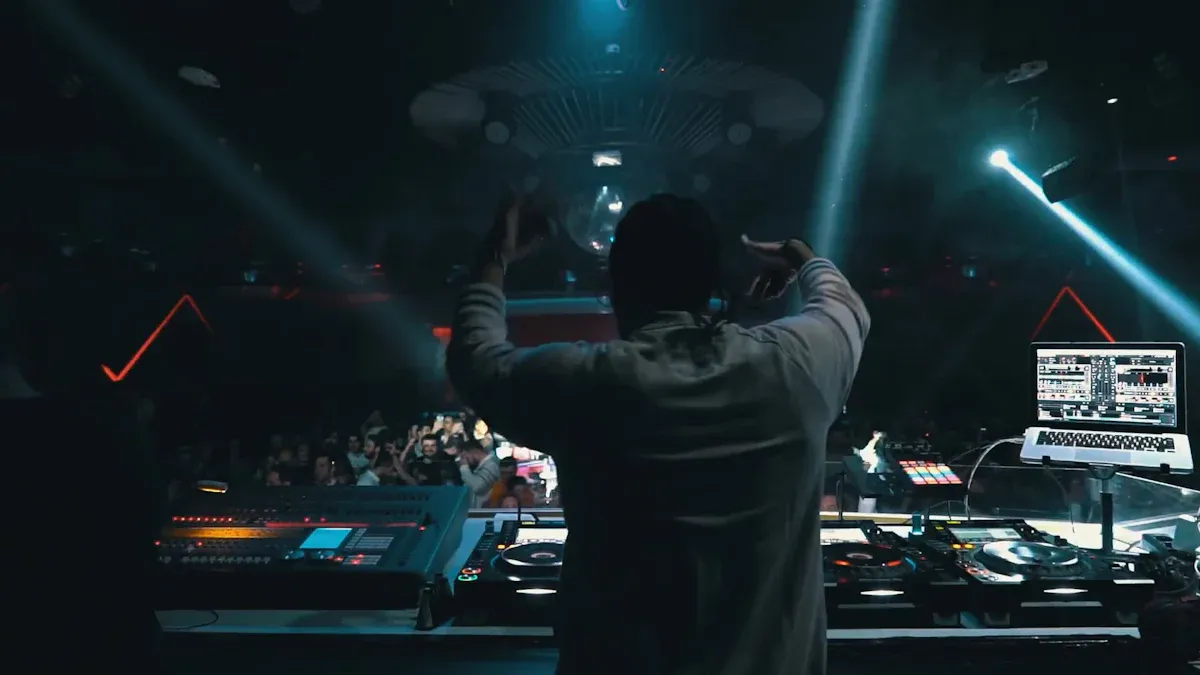Among the most fascinating corners of music history are old instrumental bands—groups that mastered the art of creating timeless melodies purely through their instruments.
These bands not only defined genres but also laid the groundwork for modern music. From the surf rock vibes of The Ventures to the soulful grooves of Booker T. & the M.G.’s, these bands remain influential to this day. In this article, we’ll explore classic instrumental music’s origins, iconic bands, and lasting impact.
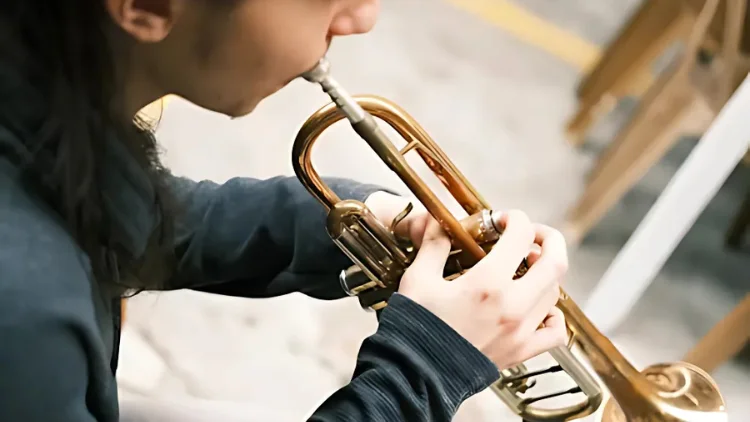
The Roots of Old Instrumental Bands
The roots of instrumental music stretch back centuries, with early forms emerging in classical and folk traditions. However, the rise of old instrumental bands as we know them today began in the mid-20th century, coinciding with the explosion of rock and roll, jazz, and electronic music.
In the 1950s and 1960s, instrumental music became a vehicle for experimentation. Bands began to focus on the interplay of guitars, drums, keyboards, and other instruments, creating sounds that were both innovative and accessible. Early pioneers like The Ventures and The Shadows helped popularize the genre, proving that music could thrive without vocals.
These bands weren’t just creating songs—they were crafting soundscapes that resonated with audiences worldwide. Their influence extended beyond music, shaping cultural movements and inspiring future generations of musicians.
7 Classic Instrumental Band
The Ventures
- Established: 1958
- Representative works: Walk, Don’t Run, Hawaii Five-O
Known as the “Band that Launched a Thousand Bands,” The Ventures are legends of surf rock and instrumental music. Their crisp guitar riffs and energetic rhythms defined the sound of the 1960s, influencing countless artists and even shaping the development of rock guitar techniques. Tracks like Walk, and Don’t Run became anthems of the era, while their version of Hawaii Five-O remains iconic.
Booker T. & the M.G.’s
- Established: 1962
- Representative works: Green Onions
This Memphis-based band blended soul, R&B, and blues into a seamless instrumental style. Their hit Green Onions is a masterclass in groove, with its hypnotic organ melody and tight rhythm section. As the house band for Stax Records, they backed legends like Otis Redding and Wilson Pickett, cementing their place in music history.
The Shadows
- Established: 1958
- Representative works: Apache
As one of the UK’s most influential bands, The Shadows helped define the sound of British rock in the 1960s. Their melodic guitar work and innovative use of echo and reverb set them apart. Apache, with its haunting melody and driving rhythm, became a blueprint for instrumental rock and even influenced early hip-hop samples.
Tangerine Dream
- Established: 1967
- Representative works: Phaedra, Rubycon
Pioneers of electronic music, Tangerine Dream pushed the boundaries of what instrumental music could be. Their ambient, synth-driven soundscapes in albums like Phaedra and Rubycon were groundbreaking, influencing genres from new age to film scores. Their work remains a touchstone for experimental and electronic musicians.
Explosions in the Sky
- Established: 1999
- Representative works: Your Hand in Mine, The Only Moment We Were Alone
This post-rock band from Texas, USA, is known for its emotional guitar melodies and dynamic changes. Their music is often described as “cinematic”, suitable as a film score or background music for independent films.
Godspeed You! Black Emperor
- Established: 1994
- Representative works: Sleep, Moya
This Canadian band is one of the representatives of post-rock and experimental music. Their works are often more than 20 minutes long, combining ambient sounds, strings, and guitars to create an epic musical experience.
Animals as Leaders
- Established: 2007
- Representative works: CAFO, Physical Education, Red Miso
As a representative of modern progressive metal, the band has attracted a large number of technical music fans with its complex guitar techniques and innovative rhythmic structure.
Read more: Different Types Of Metal Music
The Influence of Instrumental Music on Popular Culture
The music of Old Instrumental Bands is more than just an auditory experience—it’s a cultural symbol. Instrumental music, with its pure sonic expression, transcends language barriers and has become an integral part of global popular culture. From film scores to video game soundtracks, from commercials to fashion runways, instrumental music is everywhere, subtly shaping our aesthetics and cultural experiences.
For example, many iconic tracks from Old Instrumental Bands have been featured in films, becoming synonymous with unforgettable cinematic moments. These compositions not only enhance the emotional impact of the movies but also extend the bands’ influence beyond the realm of music, embedding their work into broader cultural contexts. Additionally, instrumental music has inspired countless musicians and artists, serving as a wellspring of creative inspiration.
Through their music, Old Instrumental Bands convey emotions, ideas, and cultural values that continue to shape the landscape of popular culture in unique ways. Whether in the past or the present, their music has left an indelible mark on generations of listeners and creators alike.
Copyright Protection
Copyright protection is a key issue for old instrumental bands. Instrumental music has no lyrics and is particularly vulnerable to unauthorized use or adaptation, especially in the digital age, where the ease of music dissemination also poses challenges to protecting intellectual property rights. Many classic instrumental tracks have been used as background music in commercials, movies, or short videos without proper authorization from the band or creator.
Copyright protection is not only about respecting the labor of musicians but also about protecting the ecosystem of the entire music industry. Only by protecting the rights of creators can we continue to inspire the creation of excellent instrumental works.
Read more: What is Royalty-Free Music?
Exploring the Role of AI in Music Creation
With the rapid advancement of technology, artificial intelligence (AI) is transforming the way music is created, and Old Instrumental Bands are no exception. AI has opened up new possibilities for instrumental music composition, such as generating melodies, harmonies, and even full arrangements through algorithms. Some bands are already experimenting with AI tools to assist their creative process, using it to spark inspiration or analyze classic compositions, resulting in music that blends tradition with innovation.
However, the use of AI raises questions about the essence of music creation. How can Old Instrumental Bands maintain emotional depth and artistic individuality while incorporating AI responsibly? While AI can be a valuable creative “assistant,” the soul of music—its emotional expression and unique artistry—still relies on the human touch of musicians.
For those looking to explore AI-driven music creation, platforms like Tempolor offer innovative tools to generate original no copyright music. Our AI music generator allows users to create unique compositions effortlessly, ensuring that every piece is free from copyright restrictions and ready for use in any project.
FAQ
Who Were the Key Instrumental Bands of the ’50s and ’60s?
Instrumental rock thrived from the mid-1950s to the mid-1960s, with notable acts including Bill Doggett Combo, The Fireballs, The Shadows, The Ventures, Johnny and the Hurricanes, and The Spotnicks. The surf music movement also produced many instrumental hits, while rhythm and blues (R&B) played a major role in shaping the genre.
What Is the Best-Selling Instrumental Band of All Time?
The Ventures hold the title of the best-selling instrumental band in history, with over 100 million records sold worldwide. In terms of individual musicians, Kenny G is the top-selling instrumentalist of the modern era, while Joe Satriani leads as the best-selling instrumental rock guitarist, with over 10 million albums sold.
What Was the Biggest Instrumental Hit of the 1960s?
Throughout the 1960s, 18 instrumental songs reached No. 1 on the Billboard charts. The most successful was “Theme from A Summer Place” by Percy Faith and His Orchestra, which held the top spot for nine consecutive weeks in 1960, making it the biggest single of that year.
What Is the Best-Selling Instrumental Song of All Time?
The best-selling instrumental single is “Star Wars Theme / Cantina Band” by Meco (Domenico Monardo), a disco remix of John Williams’ original Star Wars score. Released in 1977, it remains the only instrumental track to achieve Platinum certification from the RIAA, with sales surpassing one million copies.
Read more: How to Get Comfortable Shooting Music Videos
